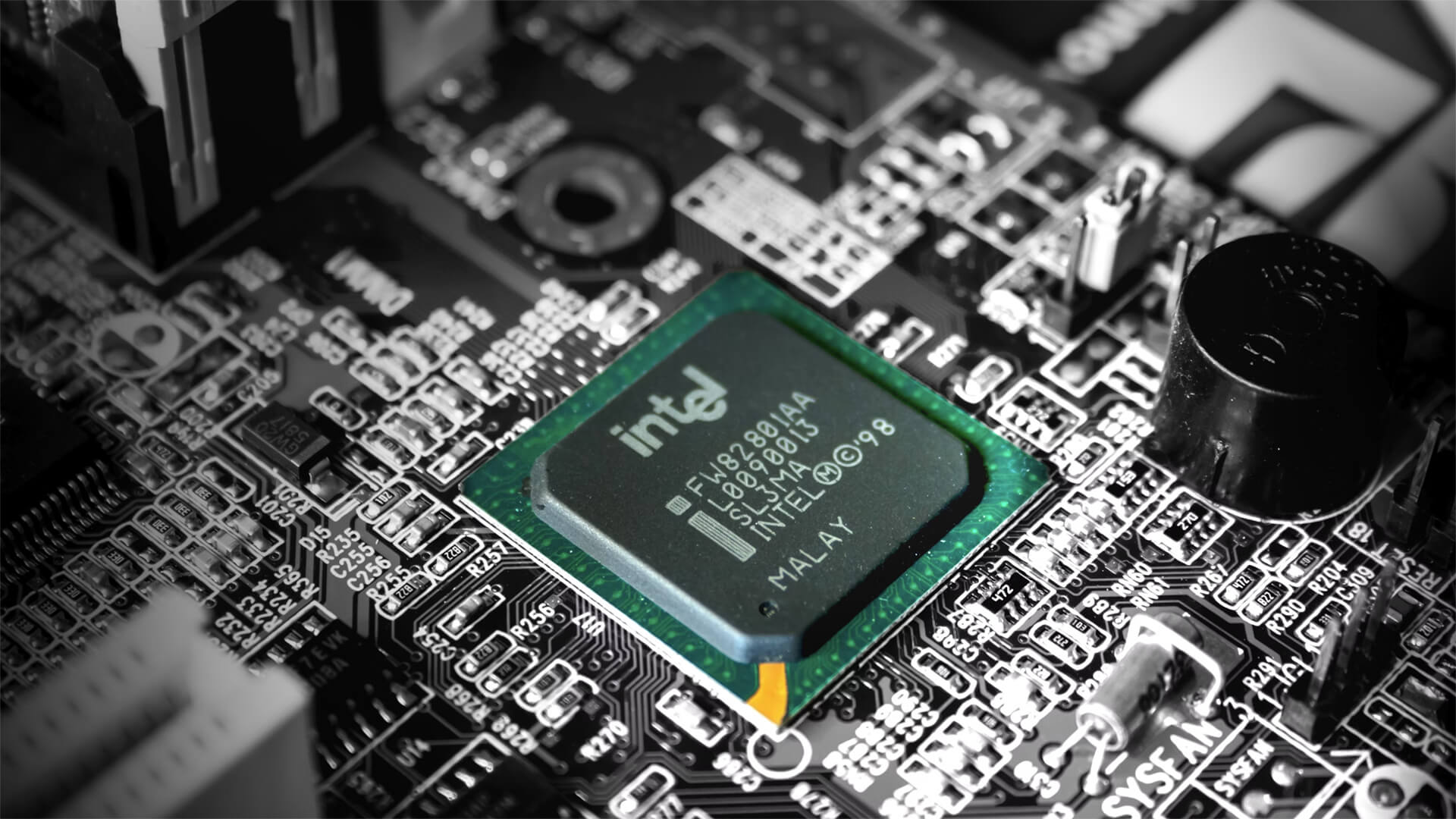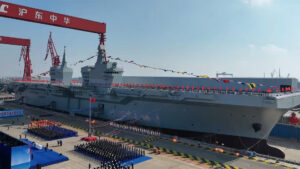We’ve discussed what TSMC is up to in a recent video, so let’s look at what another big name in the semiconductor space -Intel- is doing to keep up.
Intel was once the big dog of the industry but fell behind due to delays in adopting new technology (aka they got complacent and didn’t think anyone could surpass them). Then TSMC pulled the rug out from under them and Intel has been playing catch-up ever since.
The semiconductor production process is complex and there are lots of different steps along the way. One of Intel’s unique advantages is that it controls more stages of the production process than TSMC does. So, Intel has a bit more protection against single point failures, which in the geopolitical landscape we find ourselves in…could prove to be an essential layer of security in the long run.
So, TSMC remains the industry leader, but they could take a page out of Intel’s book and bring some steps in their supply chain a bit closer to home.
Here at Zeihan on Geopolitics, our chosen charity partner is MedShare. They provide emergency medical services to communities in need, with a very heavy emphasis on locations facing acute crises. Medshare operates right in the thick of it, so we can be sure that every cent of our donation is not simply going directly to where help is needed most, but our donations serve as a force multiplier for a system already in existence.
For those who would like to donate directly to MedShare or to learn more about their efforts, you can click this link.
Transcript
Hey everybody Peter Zeihan here today we’re going to talk about the semiconductor sector, specifically the American company Intel. Now Intel has had a rough few years. 20 years, ten years ago, 20 or 25 years ago, they used to be the industry leader, and they were so far ahead that they would release designs that were nowhere near the most sophisticated, because they knew it would take forever to the market to catch up.
So they had years of work plan in front of them. Unfortunately, they rested on their laurels and they failed to invest in the technology called extreme ultraviolet that instead a Taiwanese from TSMC picked up on, which allowed for much faster fabrication and much more accuracy. Much less waste. And in a few years, TSMC overtook Intel become the world leader.
Intel did get on the extreme ultraviolet bandwagon eventually, but it took them a while to master the technology, and they’ve been behind ever since. Now, that said, the semiconductor industry is really weird and that we really do only have that one world leader, TSMC, that makes almost all of the high end chips. Intel is trying to catch up from behind.
And Samsung out of Korea has picked up some fabrication facilities, from a merger and is doing their best to play, but they’re a distant, distant, distant, distant, distant distant second. So I thought it would be worth understanding where this technology is going to evolve and where the corporations are going to evolve. American politicians like to focus on the fabrication facilities, the places where the semiconductors are actually, grown, attached, doped and, built.
But that’s really not the hard part of the process. I mean, know, no offense to the fabricators. They do amazing work in difficult condition and technologically challenging fields, but the harder work is in design. A basic design for a high end chip can take upwards of 24 months to really get going, and that’s assuming you’re not really incorporating any fundamentally new technology into it.
And most of this design work is done in the United States, with a lesser degree in Japan, but that makes it sound like it’s just some guy with a protractor basically scribbling on paper. And that’s not what it is. You’re bringing together literally tens of thousands of elements into a design to try to do something new, process faster, manage heat better, use electricity, use less electricity, use different materials, and so on.
And all the new technologies have to be incorporated into this theoretical construct, which is then taken to Taiwan, where they work with TSMC in order to basically make an instruction booklet that the TSMC staff will follow. And then you have to worry about all of the inputs coming from around the world, because it’s not like you just take some silicon and you’re off to the races.
No no no no no no. There’s copper, there’s palladium. There’s all kinds of different inputs, things like transistors that have to be very, very specially designed and produced. TSMC doesn’t do any of that. The logistics and the design companies in the United States do so even today, with TSMC producing 90% of the world’s high end chips. Most of the real work, most of the value added work, most of the high paying jobs are actually done in the United States, and operating a side facility while it’s still highly skilled work.
It’s not nearly as highly skilled as what happens on the other side of the Pacific. The problem that brings me back to Intel is what happens on the other side of the equation, once you have all of your raw semiconductors, you then break them into their individual components and test them and package them. And then you have to put them into an intermediate product, like a motherboard or a memory drive or, a chip within a sensor system.
And only then can you go into the proper manufacturing process where it is put into a car or a plane or a satellite or whatever else. So this one step fabrication, obviously unavoidable, obviously important, but it’s not really where the money is. Now, TSMC is a little obsessed with its security because it is a Taiwanese company. And you can understand why.
And so the concern a lot of people have in the sector and more broadly is that if something happens to Taiwan, we lose all the iron semiconductors, and that is true. But if something happens to South Africa, we lose a lot of the rare materials that go into it. If something happens in North Carolina, we lose the ability to purify the silicon that goes into it.
God forbid something happens to San Jose, we lose the ability to do a lot of the software work on the back end. There are thousands of single point failures throughout the system. What makes Intel unique, from my point of view, is that they have a number of these other steps under the umbrella. There are still literally thousands of single point failures throughout the Intel system, but probably about a third to have less than what TSMC has.
So in a world that is on the verge of rapid globalization, the idea that we’re going to be able to make these high end chips at all is kind of a stretch to me, because there’s just too many places where a single break means the whole thing falls apart. But Intel has three advantages. Number one, more of the steps are under the umbrella.
Number two, its fab facilities are in the United States. And number three, if we’re going to have to rebuild this environment anyway, easier to do it if you only have to replace 3000 steps instead of 4500. So one way or another, regardless of the corporate success or failure of Intel in the months and years ahead. The fact that more of this stuff is concentrated in Intel and in the United States suggests that some version of Intel is actually going to be a bigger part of the semiconductor future globally than TSMC over the long run.
Of course, we’re all dead in the long run. So this is all about timing.








